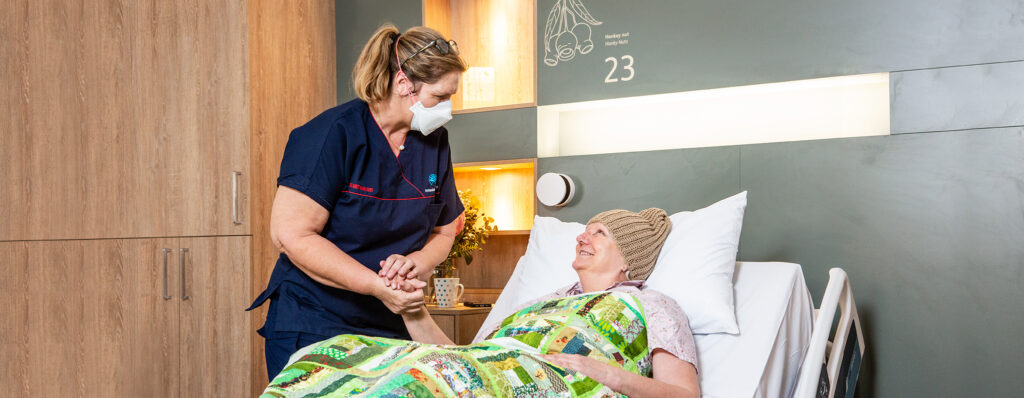Listening to our consumers and community
Engaging and partnering with consumers and our community remains key to achieving our vision of healthy people, amazing care.
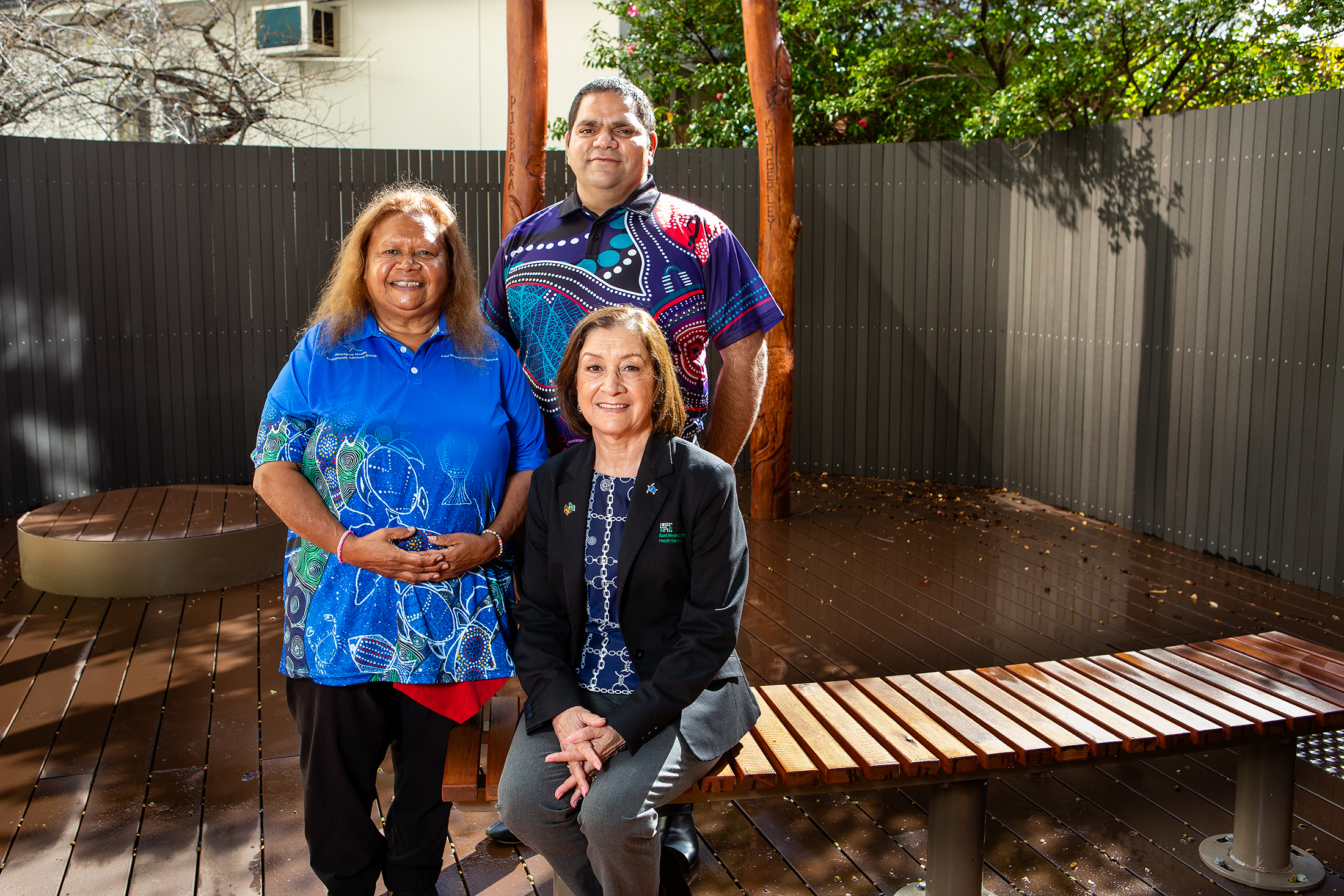
Improving the consumer experience
In 2021-22, EMHS:
- opened an Aboriginal Family Garden at RPH, to provide a supportive space for family members
- designed a new Mental Health Unit (MHU) at RPH in consultation with consumers
- returned volunteer concierges in the EDs and hospital entrances, supporting patients upon entry to our sites
- progressed KH’s new Day Hospice, which was designed by consumers with lived experience and staff who are experts in end-of-life care
- continued to use Care Opinion, an online platform to enable members of the public to tell us about their experience with our services
- further implemented the Australian Commission on Safety and Quality in Health Care’s Australian Hospital Patient Experience Question Set (AHPEQS), which has introduced the use of validated, standardised patient experience questions by way of an SMS-based survey after discharge to outpatients clinics and EDs.
AHPEQS results summary
| AHPEQS question | EMHS |
|---|---|
| My views and concerns were listened to | 91.0% |
| My individual needs were met | 90.4% |
| I felt cared for | 91.9% |
| I was involved as much as I wanted in making decisions about my treatment and care | 88.8% |
| I was kept informed as much as I wanted about my treatment and care | 88.7% |
| As far as I could tell, the staff involved in my care communicated with each other about my treatment | 89.6% |
| I received pain relief that met my needs | 91.9% |
| When I was in the hospital, I felt confident in the safety of my treatment and care | 91.9% |
| Overall, the quality of the treatment and care I received was good or very good | 91.9% |
Consumer feedback
Consumers provide valuable feedback and contribute to improving the safety and quality of services. Feedback is also used to recognise staff and teams who go above and beyond our patients’ expectations
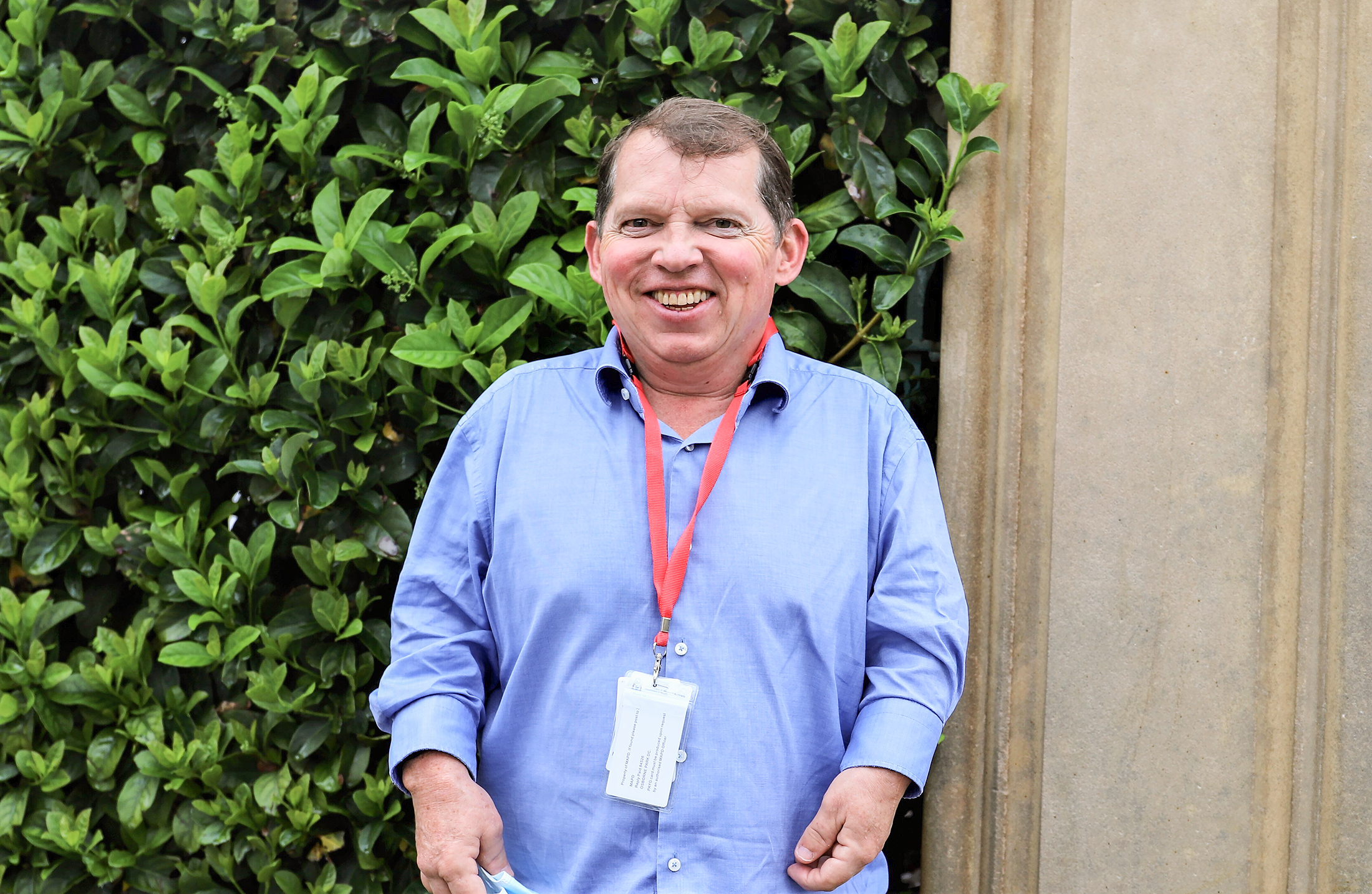
In 2021-22, through our formal processes, EMHS received:
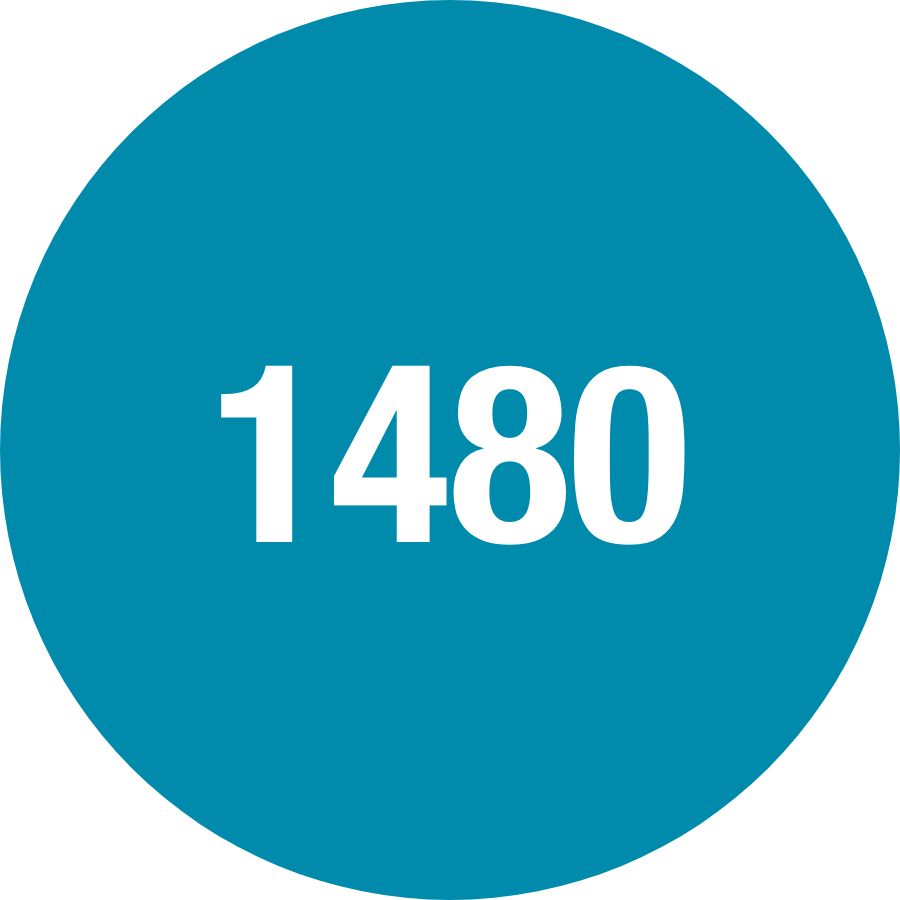
compliments via formal feedback processes

entirely complimentary stories via Care Opinion
This recognises only compliments provided through a formal mechanism, but does not take into account the multitude of compliments and thanks fed back to staff informally and directly by patients, carers and their loved ones.
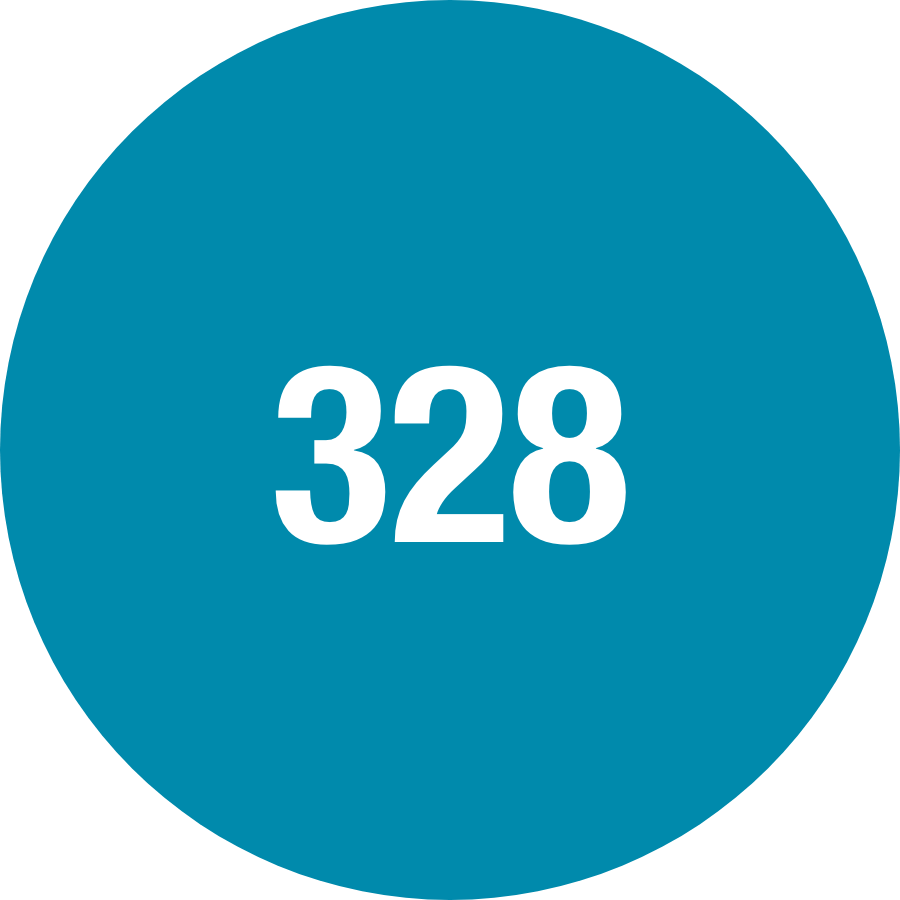
instances of consumer feedback received via the EMHS Ministerial Liaison Unit
EMHS also received:
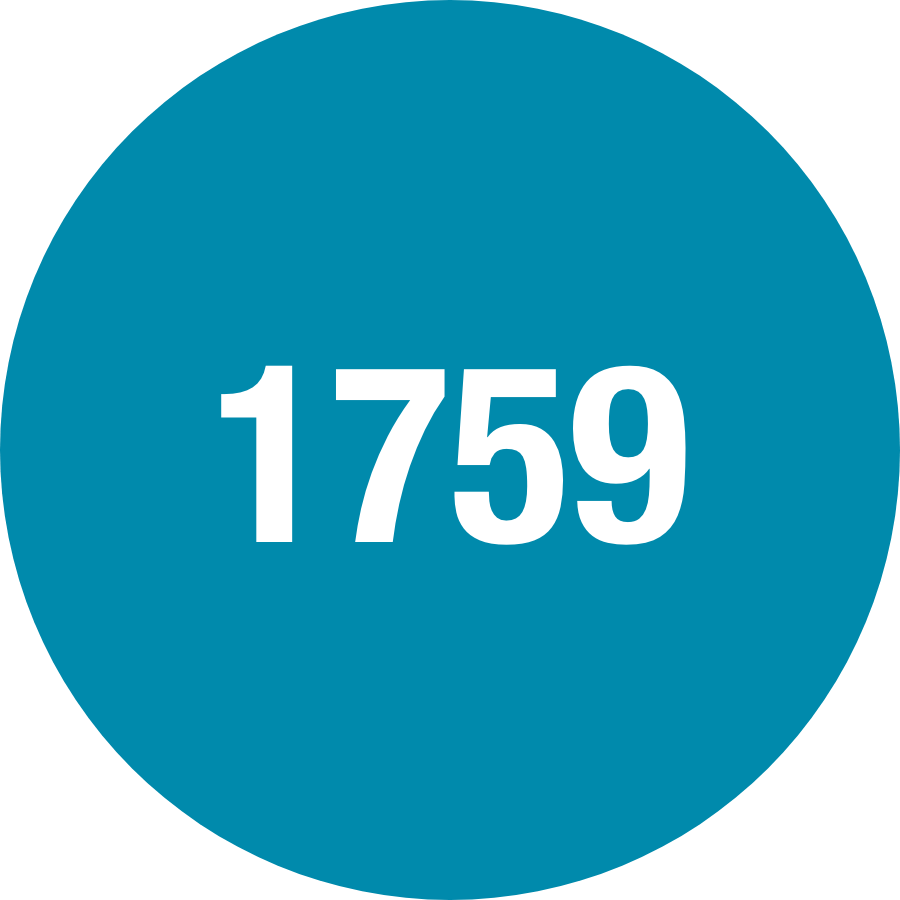
complaints via formal feedback processes

complaints via Care Opinion
EMHS manages patient feedback consistent with the WA Health Complaints Management Policy (2019), with all complaints acknowledged, investigated and responded to within appropriate timeframes, and quality improvement activities initiated to address issues where appropriate.

EMHS had 15 consumer advisory groups with 165 members
Examples of quality improvements arising from consumer feedback
Situation #1
Feedback received via the Outpatient Survey highlighted difficulty for consumers accessing parking during periods of peak demand.

Changes implemented as a result
This feedback was tabled at the Outpatient Reform Project Control Group (ORPCG), where it was agreed that information relating to onsite parking needed to be improved. A consultation process, which involved partnering with consumers, took place and resulted in the hospital website being updated with clarity on alternative options and improved descriptions on public parking available.
Situation #2
Feedback was submitted to the AKG Consumer Liaison Office in relation to the recently opened Ambulatory Assessment Unit within the ED. The consumer providing the feedback had recently been an ED patient and was confused by their experience. Their concerns were around the patient flow and why some patients in the waiting room appeared to have been seen faster for what seemed to be a less severe injury.

Changes implemented as a result
Immediate improvements were made to the Ambulatory Assessment Unit by giving patients leaflets explaining what to expect in the ED, including patients being seen in order of their illness severity. Visual communication providing information via the television within the waiting room was also added for consumers to refer to.
Situation #3
Patient Experience received feedback from an elderly patient who, following discharge from the ED after hours, was concerned to only be provided with a telephone number for a taxi company and advised to wait at Lord Street.

Changes implemented as a result
Details of the complaint were provided to the ED for education to staff about after-hours discharge, specifically extra consideration for elderly or vulnerable patients. Furthermore, the discharge process was adapted to ensure any patient waiting for a taxi home is directed to wait in an alternative foyer, which is secure and monitored.
Feedback from Care Opinion
“I would like to give 10 stars to the maternity dept, and Liz the midwife, she has done a fantastic job. We felt she is a very, very nice lady and she helped my wife so much, we really appreciate it. I would like to give 10 stars to all the staff involved in our care. They really helped us through the whole thing and made us feel so relaxed. Liz particularly, she didn’t even leave when she could have gone home, she decided to stay so she could be there to support my wife through the birth.”

“My elderly grandmother was admitted to the dementia unit (7A). Her English is very limited, and she has great difficulty hearing, which in addition to her advancing dementia, I think makes her care more complicated for staff. From the nurses on the ward, I expected competence, and kindness. The care that was in fact provided was so kind and loving that it brought tears to my eyes.”
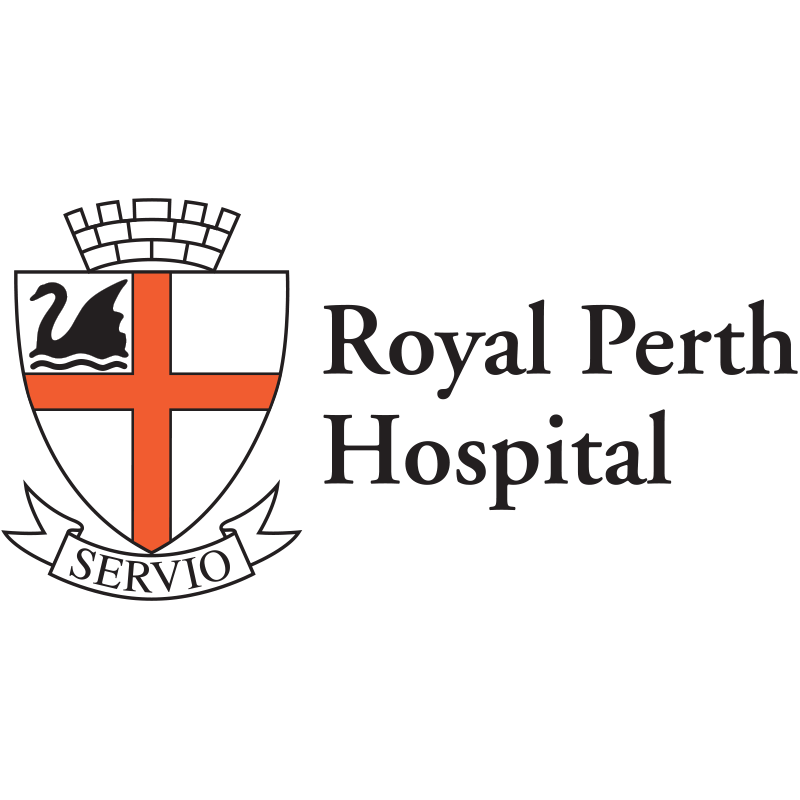
“My relative had two significant falls. He presented to Armadale ED twice. The first time, he was assessed, investigated, admitted, seen by the social worker/physio/geriatrician and sent home with a plan for follow-up.
A week later, he fell again, and we presented to Armadale ED. Again, he was assessed, investigated and a management plan enacted. I felt it was clear he could no longer manage at home on his own due to developing dementia. He was seen by a multidisciplinary team recurrently. He was admitted to the ward and transition to aged care placement was managed.
At all times I have found the staff supportive, caring and holistic in their approach. It is a particularly stressful life change for my relative and the staff supported him beautifully over this time. He spent just over four weeks in hospital and is now very happy in the same home as his wife.
A big shout out to all the staff in ED/ward involved in his care — the support staff, nursing staff, medical staff and allied health staff. What a great job you did. I really appreciate your care. Keep up the good work. Go Armadale Health Campus.”

“Had an absolutely fantastic team care for me for my day surgery. From admission to discharge I cannot say thank you enough to my caregivers. I believe you are all a credit to your commitment in providing fantastic care.”
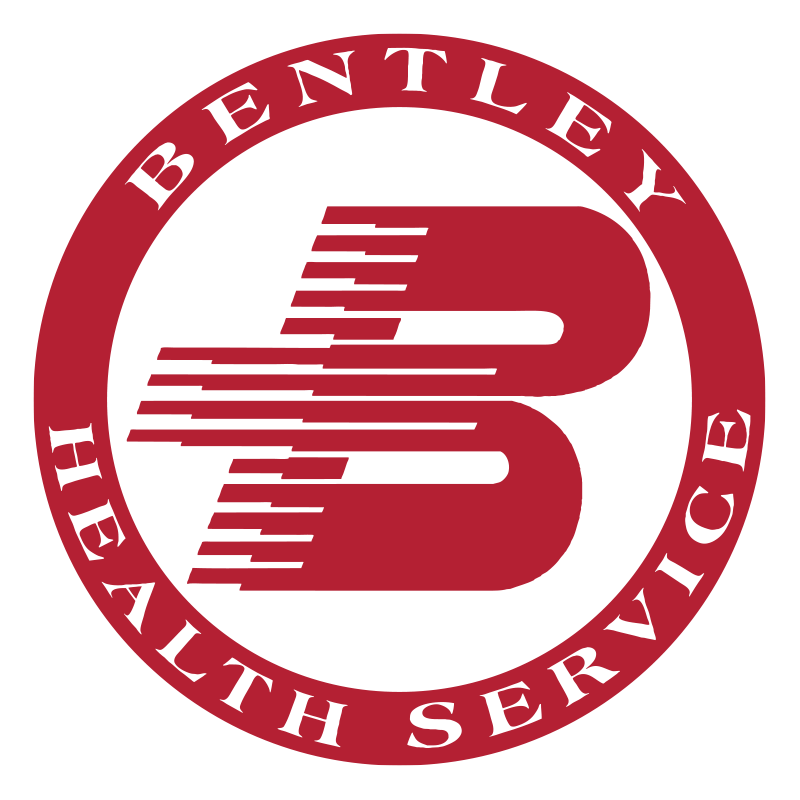
“I encouraged my older son to attend to have his abdominal pain assessed. We had gone to urgent care prior, but he needed further tests. This wasn’t an emergency, so we expected to wait. I watched the nurses — triage, wait room, concierge and the others that were busily coming in and out. We were both warmed by the level of care, compassion, professionalism and knowledge that we felt they demonstrated to all patients in the waiting room.
Once being brought into the main area, we were greeted by a very competent doctor and nurse that made it easy for my son to feel cared for. Thank you so much guys! Feel proud because I think you are all a truly great team and do amazing work ❤️❤️”
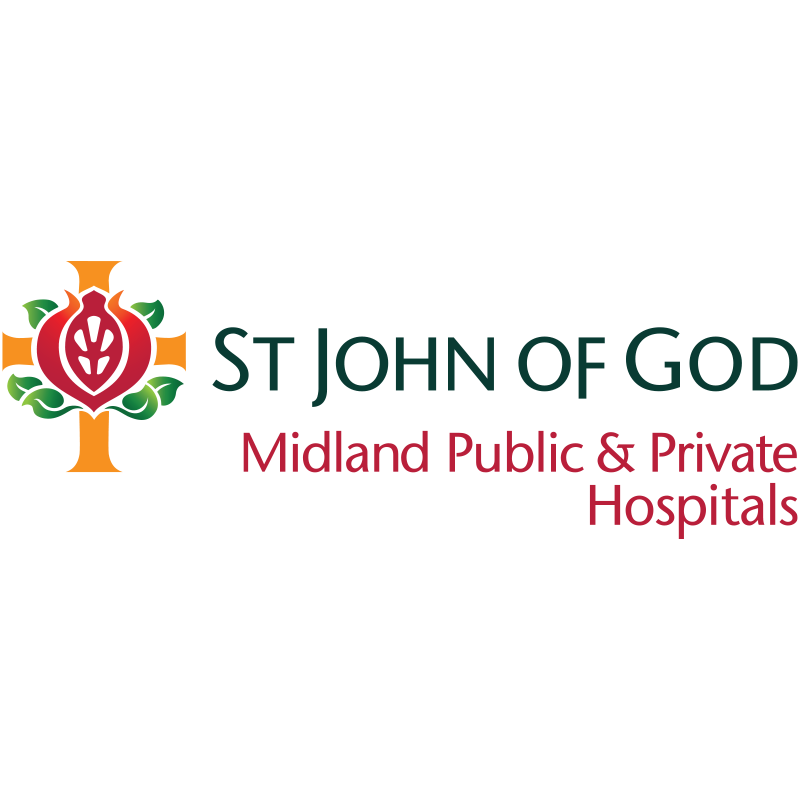
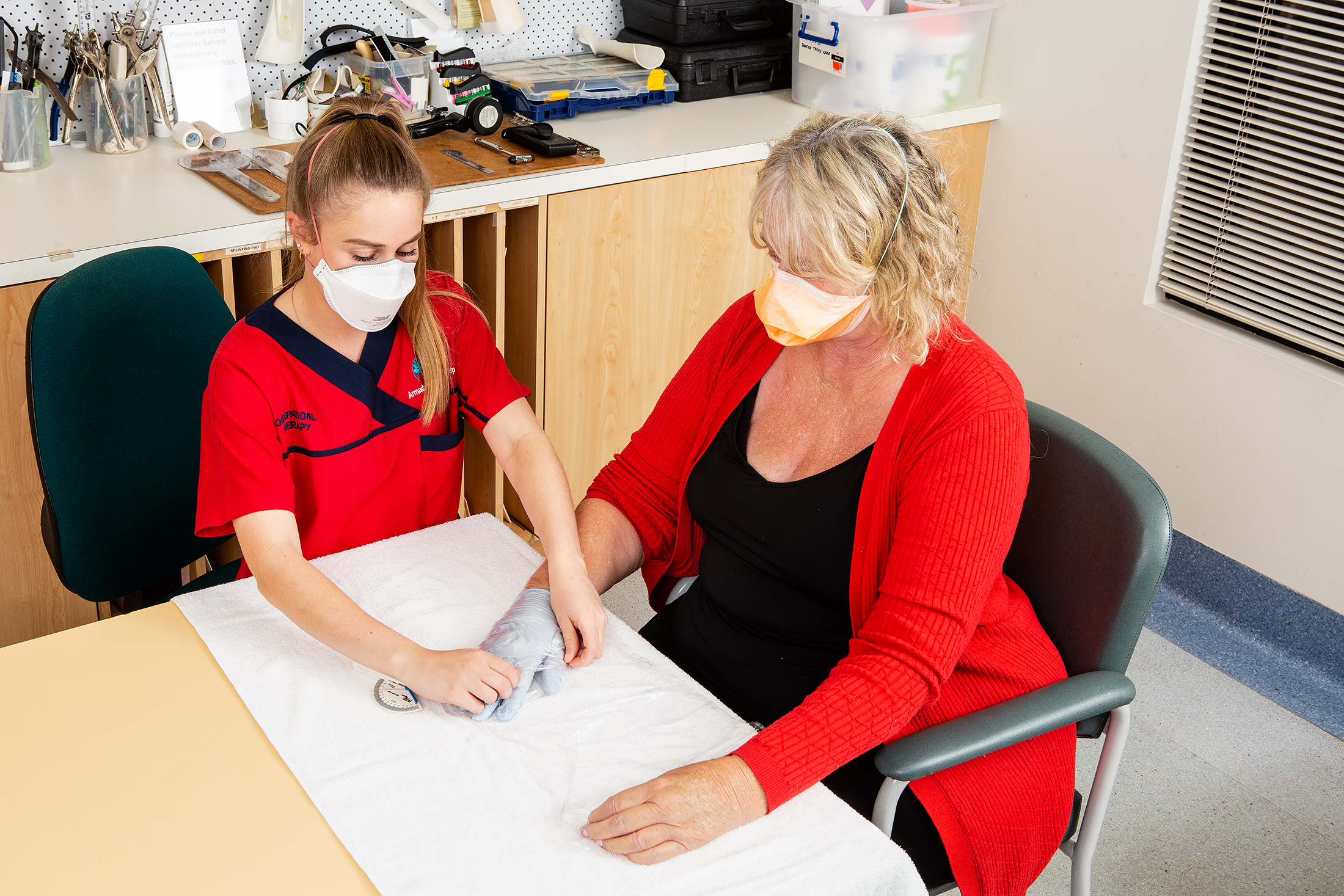
Paraffin and pets
Occupational Therapists (OTs) are an integral part of the EMHS’ allied health workforce, employed across hospital, community, and rehabilitation settings, where they provide assessment of — and help with — patients’ physical, cognitive and psychosocial skills, abilities and difficulties.
At AHS, a popular OT program is the paraffin wax treatment, which is used in hand therapy to improve joint mobility. It involves coating the patient’s hand in wax by dipping it in a bath of warm wax. The hand is then wrapped in plastic and a towel.
The treatment is used in conjunction with mobilisation exercises to improve hand function in patients with post-traumatic stiffness, arthritis, or chronic pain.
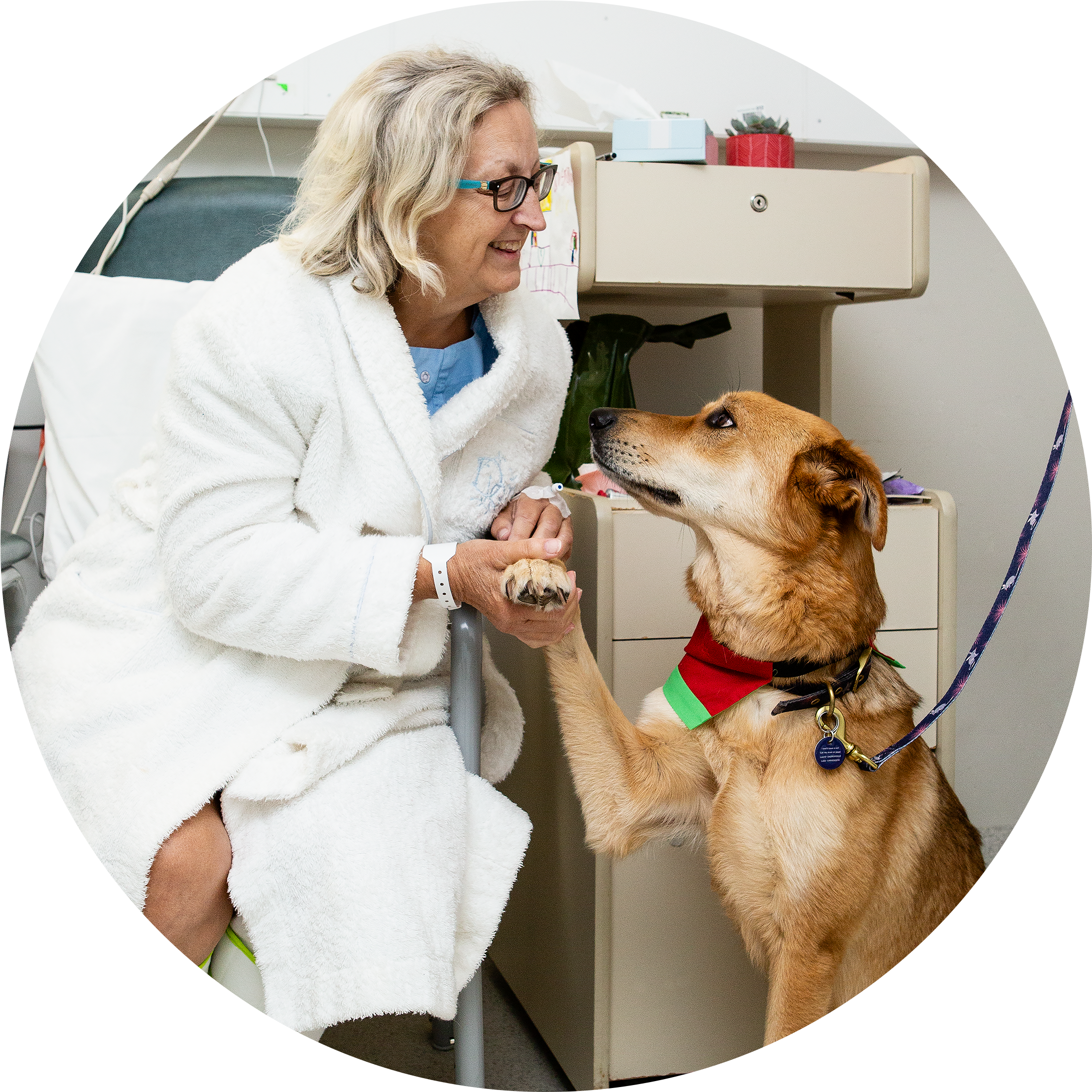
Pet therapy is another OT program that is popular with both patients and staff. It is used in the State Trauma Unit at RPH, in two of the
rehabilitation wards at BHS, and at AHS.
On special visiting days at RPH, patients can request a visit from therapy dog Zoe, a Golden Retriever-German Shepherd Cross. At BHS, Cavoodle Lexi enjoys all the pampering and little Kit loves the attention at AHS.

